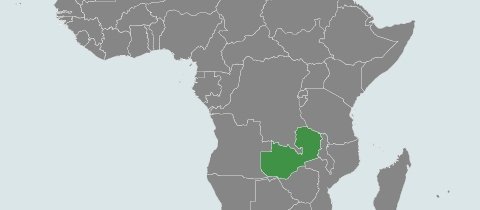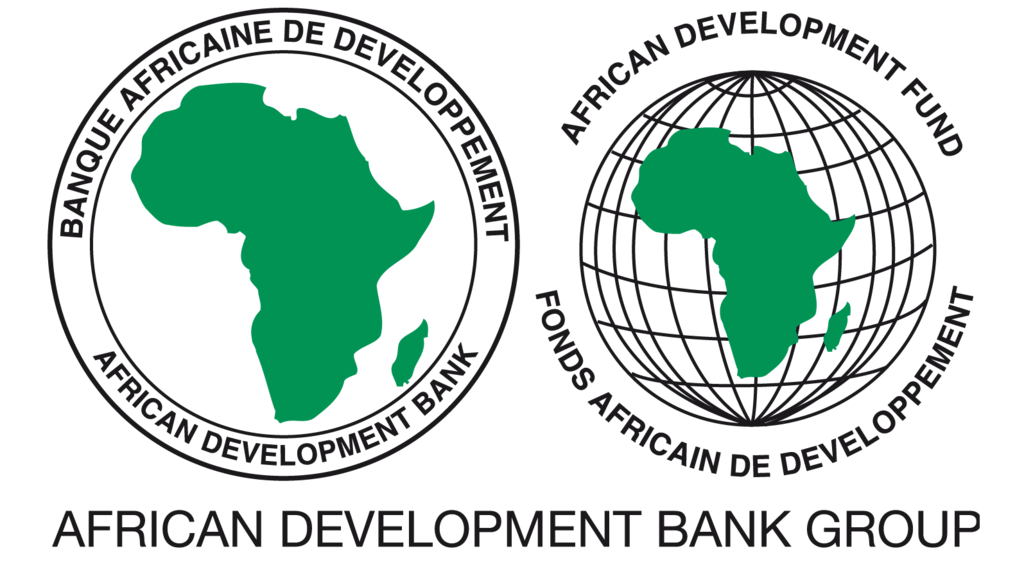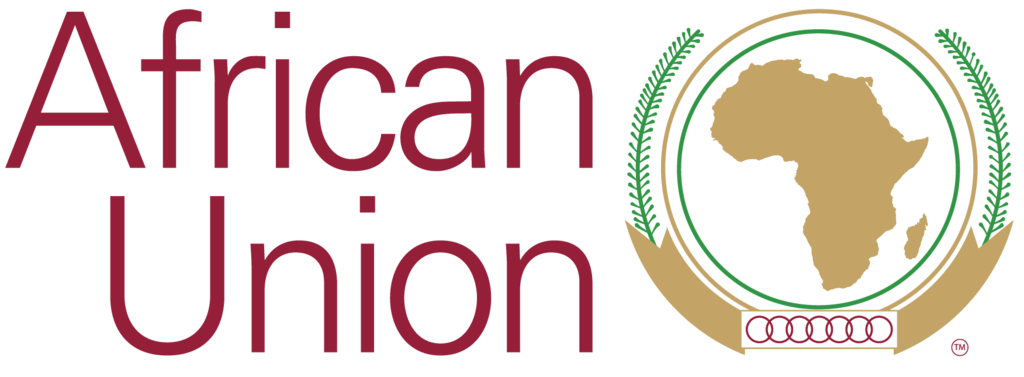At a glance
In Zambia, access to electricity is about 31% with a rate of 4.4 -11% in rural areas. Zambia has abundant energy resources which include hydropower, biomass, coal and other renewable energy such as solar and wind.
Petroleum is the only energy source that is wholly imported while wood fuel remains the dominant source of energy accounting for more than 70% of the total energy supplies in the country.
As of 2010, over 37% of Zambia’s commercial energy is supplied by imported petroleum. The balance is provided by hydropower, wood and coal. Woodfuel remains the dominant source of energy, accounting for over 80% of the total energy supplies in the country.
In recent years, the Government of Zambia has implemented several interventions, including promulgation of policies to improve the energy situation. Increasingly, the government has looked into its large indigenous, in particular hydropower, resources to generate power. Sustainable use of biomass and biofuels as well as geothermal and coal has also gotten some attention. Several new projects, including those with donor technical and financial support, are in pipeline or under implementation. A large number of these projects are based on hydropower. The government has also opened up its markets to several (power) generators in the form of Independent Power Producers (IPP’s) who sell electricity to ZESCO, the national utility.
A Rapid Assessment / Gap Analysis of the energy sector was produced in 2012. Since December 2015, the country has embarked in the process of developing its national SEforALL Action Agenda and Investment Prospectus with the technical assistance of the SEforALL Africa Hub.
Stakeholders gathered for a Kick-off Workshop of the national SEforALL country action process from May 4-6, 2016. This event marked the launch of the development of the SEforALL Action Agenda and Investment Prospectus. The development process is expected to be finalised in early 2019.
Location

Country contacts
Harriet Zulu
SEforALL Focal point
Department of Energy
Ministry of Energy
| SEforALL Action Agenda Objectives | 2030 |
|---|---|
| Electricity Access, national | n.a. |
| Access to non-solid fuels, national | n.a. |
| Renewable Energy Capacity | n.a. |
| Renewable Energy Output | n.a. |
| Energy Efficiency | n.a. |
| Country Action Documents | Status |
|---|---|
| Rapid Assessment | Under Development |
| Action Agenda | Under Development |
| Investment Prospectus | Under Development |
Country statistics
| Series | 2010 | 2012 | 2014 | 2016 |
|---|---|---|---|---|
| Access to electricity (% of population) | 22% | 23.2% | 27.9% | 27.2% |
| Urban (% of urban population) | 49.8% | 53.0% | 61.5% | 62% |
| Rural (% of rural population) | 3.1% | 3.4% | 3.8% | 2.7% |
| Access to clean fuels and technologies for cooking (% of population) | 15.3% | 15.7% | 16.2% | 16.4% |
| Population, total | 13.9 Million | 14.8 Million | 15.7 Million | 16.6 Million |
| Renewable energy consumption (% of total final energy consumption) | 92.1% | 88.6% | 88.1% | 87.9% |
| Renewable electricity output (% of total electricity output) | 99.9% | 99.9% | 97.2% | 84.5% |
| Electric power consumption (kWh per capita) | 577.3 | 717.3 | 702.7 | 654.5 |





